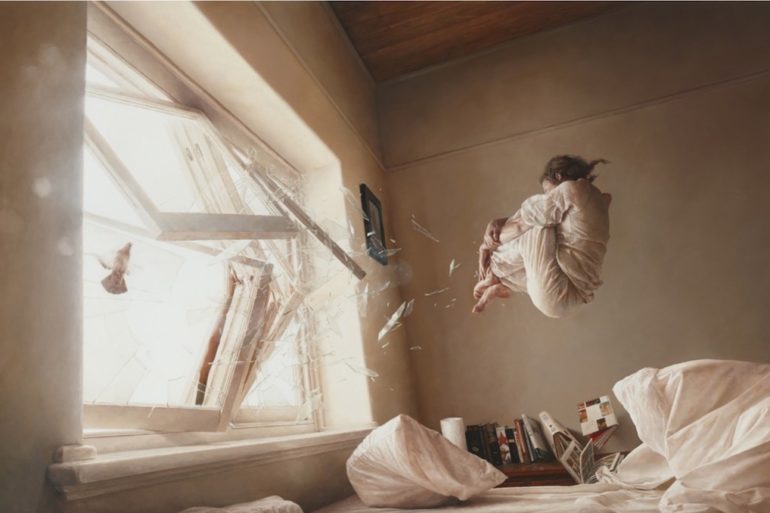
This post is also available in:


There are those who define him as a hyper-realist artist or photo-realist and those who define him as surrealist, what is certain is that Jeremy Geddes prefers to withdraw from every category by proceeding in the way of representing his mental states “in a slow way”, as he says. New Zealand-born artist Jeremy Geddes lives in Australia where he graduated from The Victorian College of the Arts in Melbourne. Not finding an institution able to satisfy him in the study of classical academic techniques – according to Geddes, lost in the last century – the artist decides to devote himself to self-taught art.
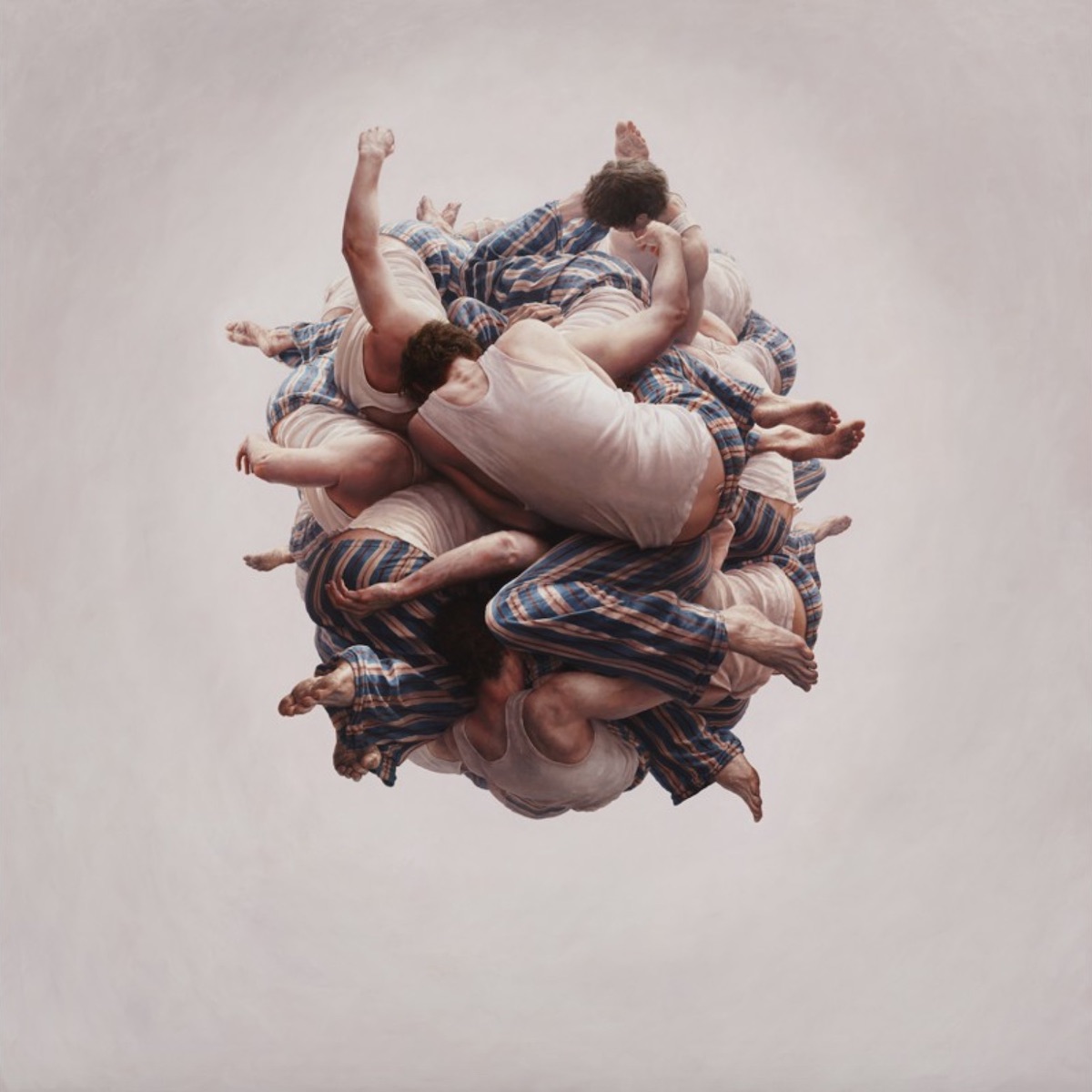
He paints essentially in oil because, Geddes admits frankly, he had neither had the opportunity to learn due to the lack of adequate academic institutions, nor the time needed to devote to the refinement of other techniques that would allow him to have the same level of confidence. His creative path starts from the finalization of an idea that he studies on small potential pieces, on which he works while he is realizing something else. If over time the idea works, he refines it by adding or subtracting elements, playing with tone, colour and composition, until he finds something that enters his bloodstream and makes it vibrate.
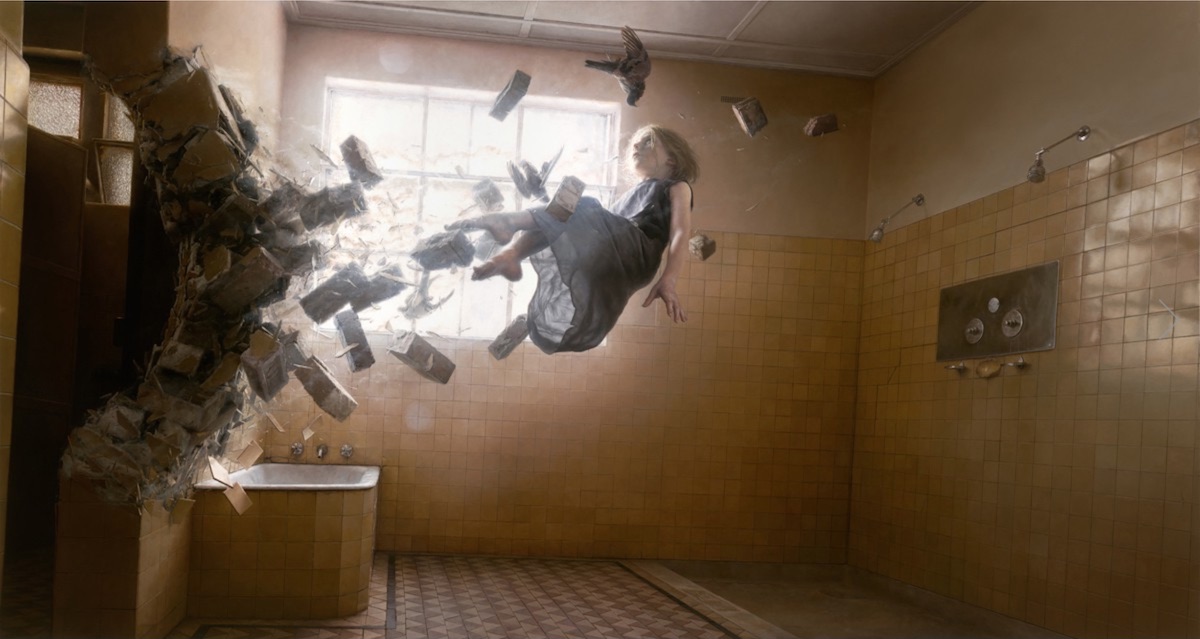
To those who ask him if his representations have a link to the meaning of religion, science and nature, Geddes answers by saying that even though he is an atheist, religious thought can create interesting mental contents. He never enters into a specific elucidation about the work because he wants the observer to feel free to feel his emotions drawn from his own meanders of experience, in the subconscious, thus hoping to trigger emotional or meditative states in the spectators, if not all of them, at least a small percentage. Among the various series composed the series TRANSIENT represents cosmonauts who wear suits and helmets, hiding their identity and expression.
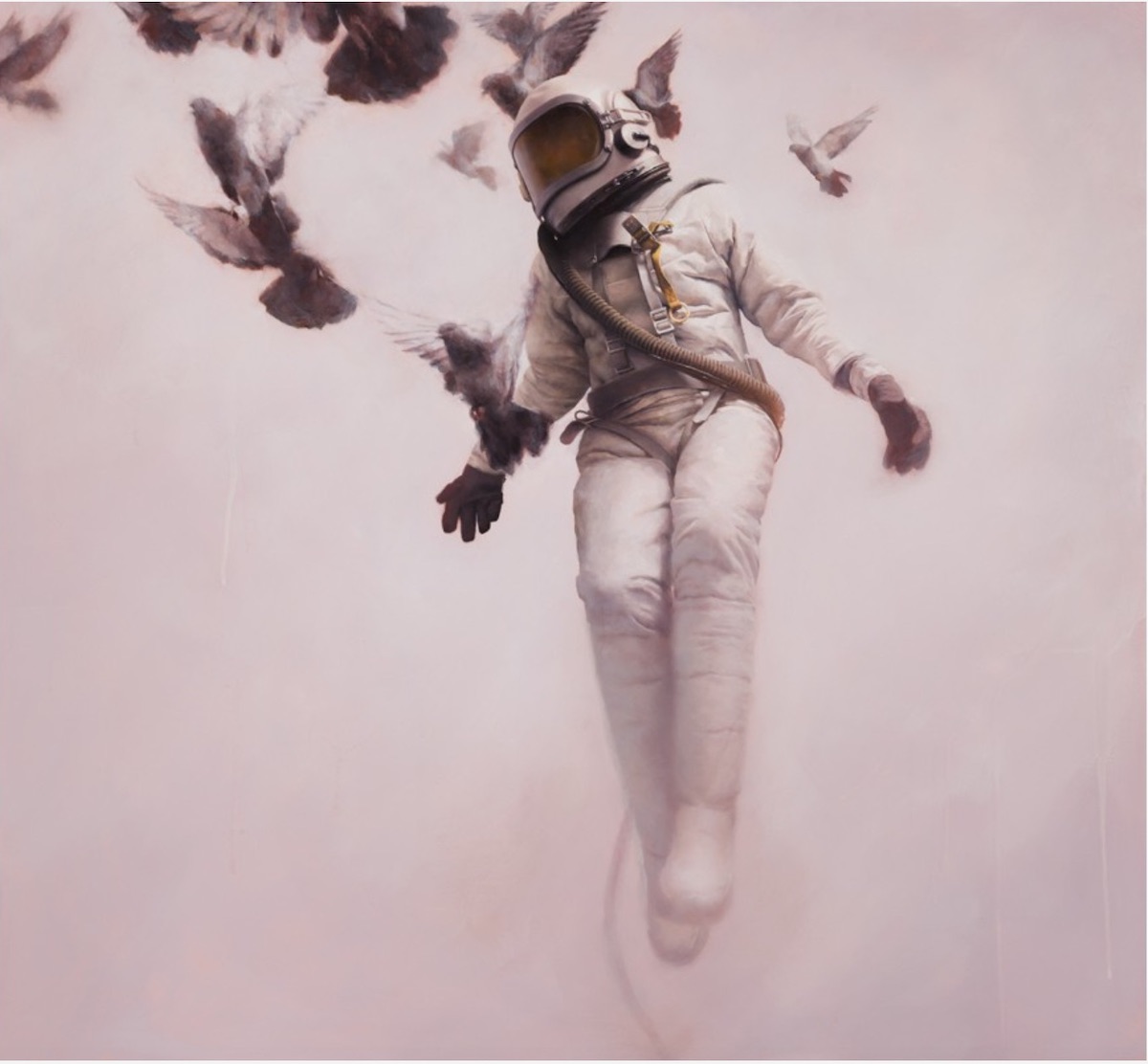
Sometimes they are connected, from nothing, to a cord that refers to the umbilical cord (nature). The series MISERE/RE is represented by rockets, children in fetal position and sometimes wounded doves, wrapped in bubbles of color that represent the emotional sphere of the artist in the act of composing the work. The doves have a special meaning for Geddes, first of all because he is a bird that he adores, moreover he considers him one of the few species that thrives in the spaces created by man.
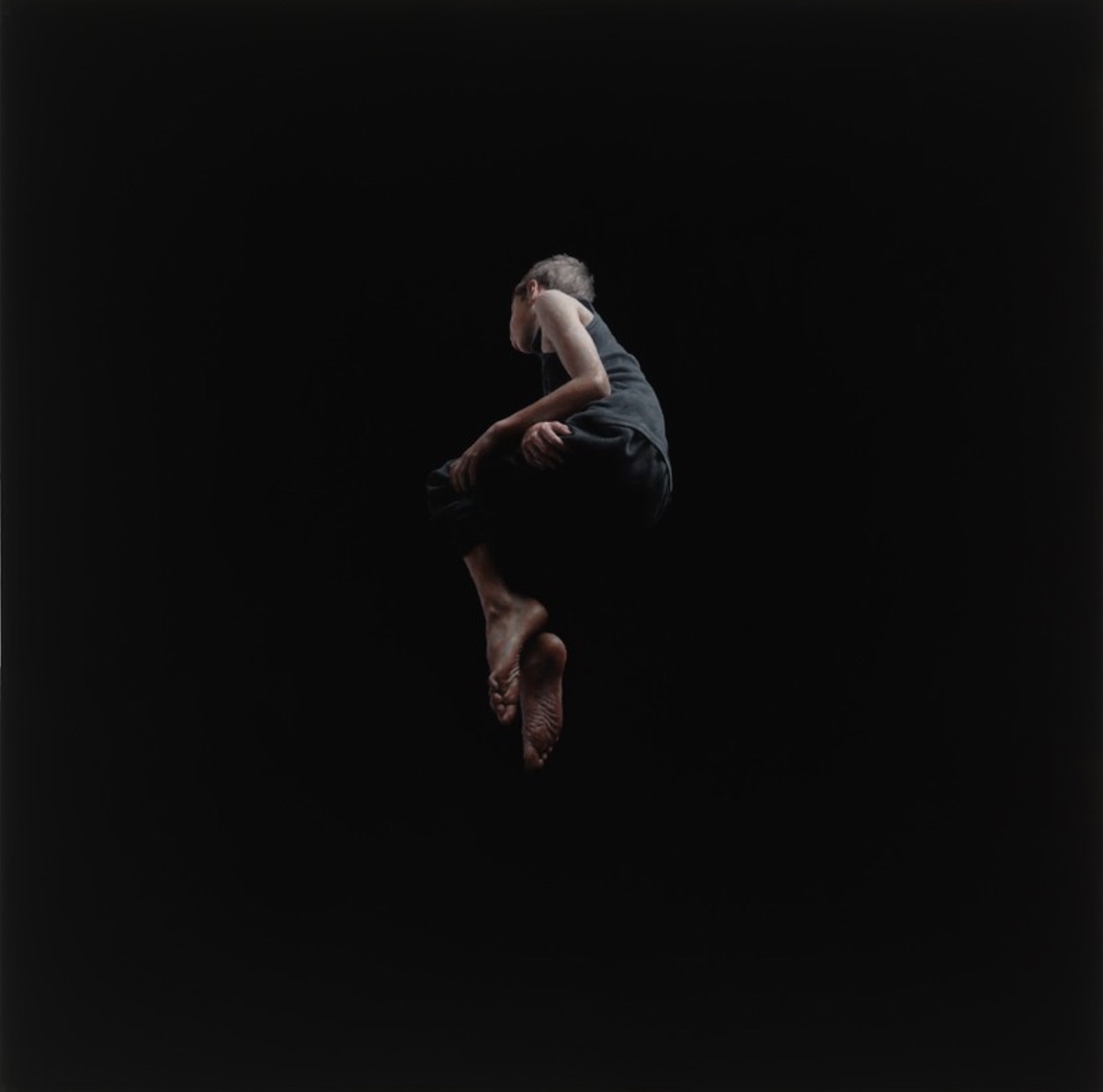
The selected work belongs to the IMMATERIAL series, my favourite: scenes of explosions in which there is an extraterrestrial space-time typing: the subjects, as well as the buildings or part of them, are surrounded by an anti-gravitational atmosphere that allows the observer to admire the work perceiving its quietness even if in reality there is a “noisy explosion”. The characters are located in a well defined figurative space, placed in the substantial moment that can change their fate: they are in fact suspended in the moment that follows the explosion and anticipates the tragedy. Jeremy Geddes’s works have a great visual and emotional effect and although the paintings seem photorealistic, they are composed of many strokes of colour that in turn make up the forms; strokes that can only be seen if the image on the screen is enlarged, and which often take months to complete.
Cover: A Perfect Vacuum by Jeremy Geddes, 2011. Oil on Board 20 x 35″
.
